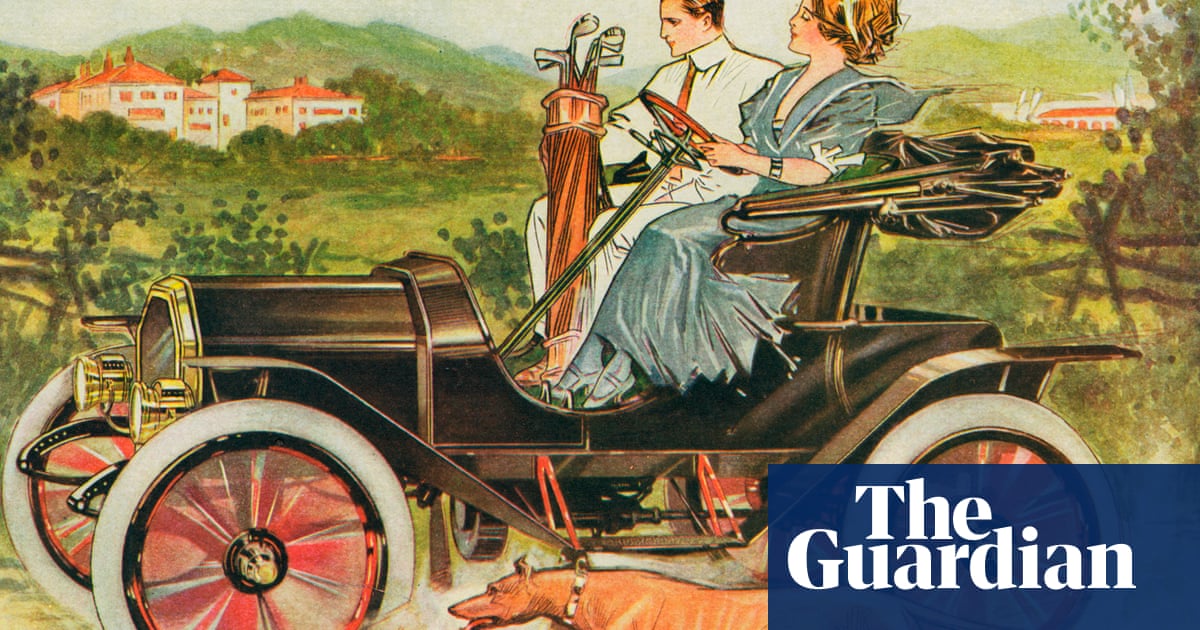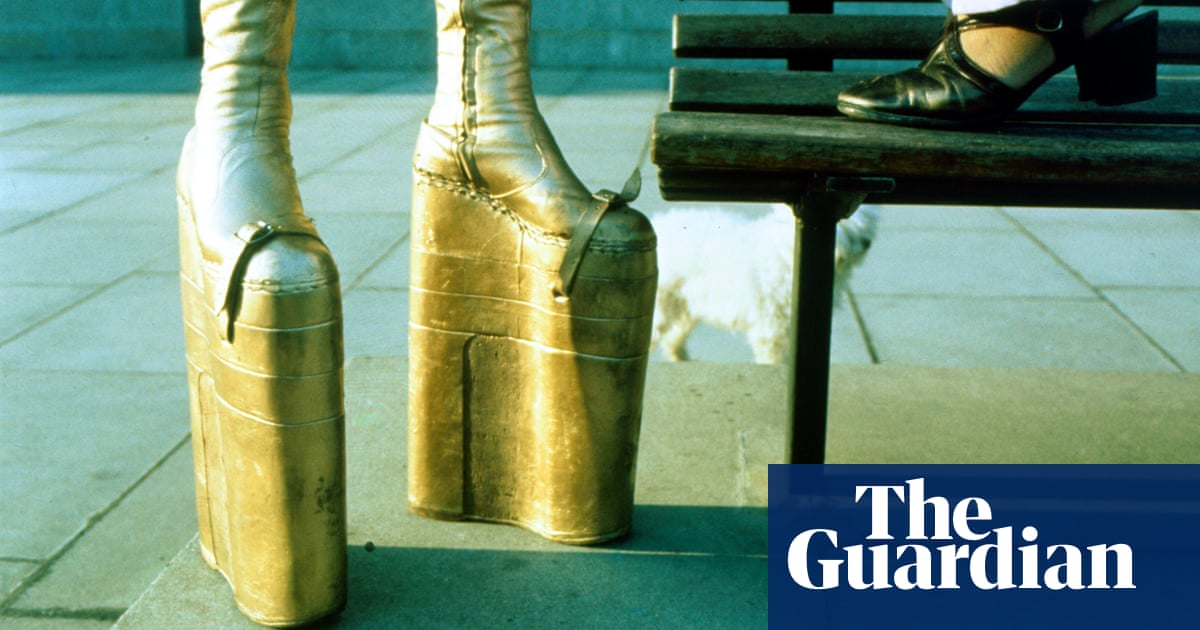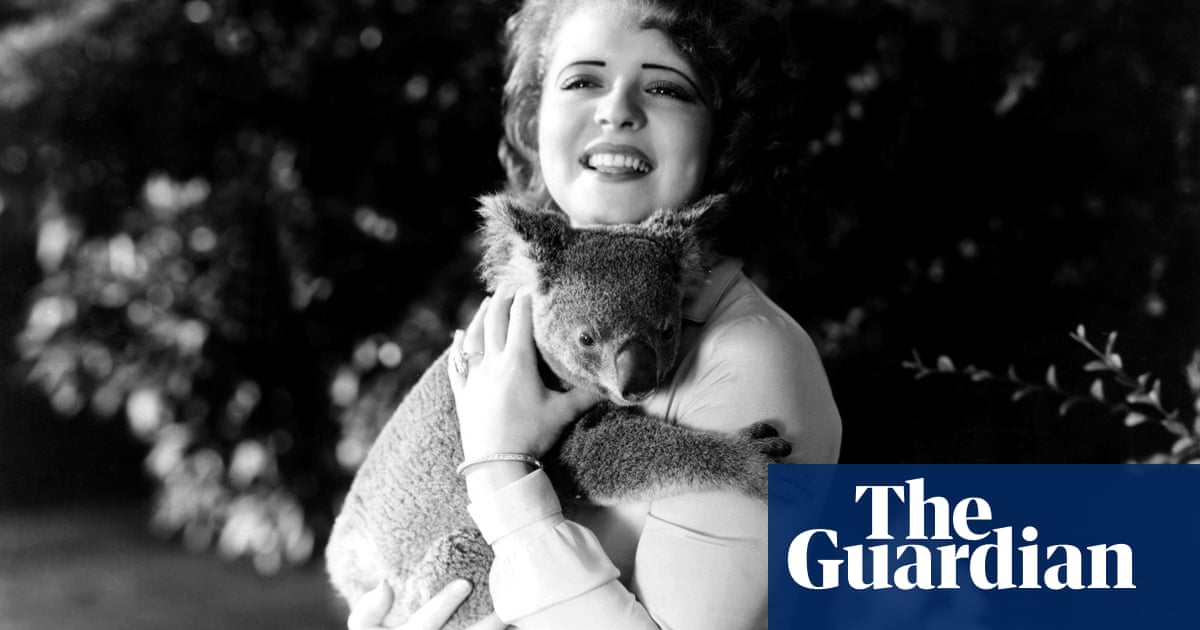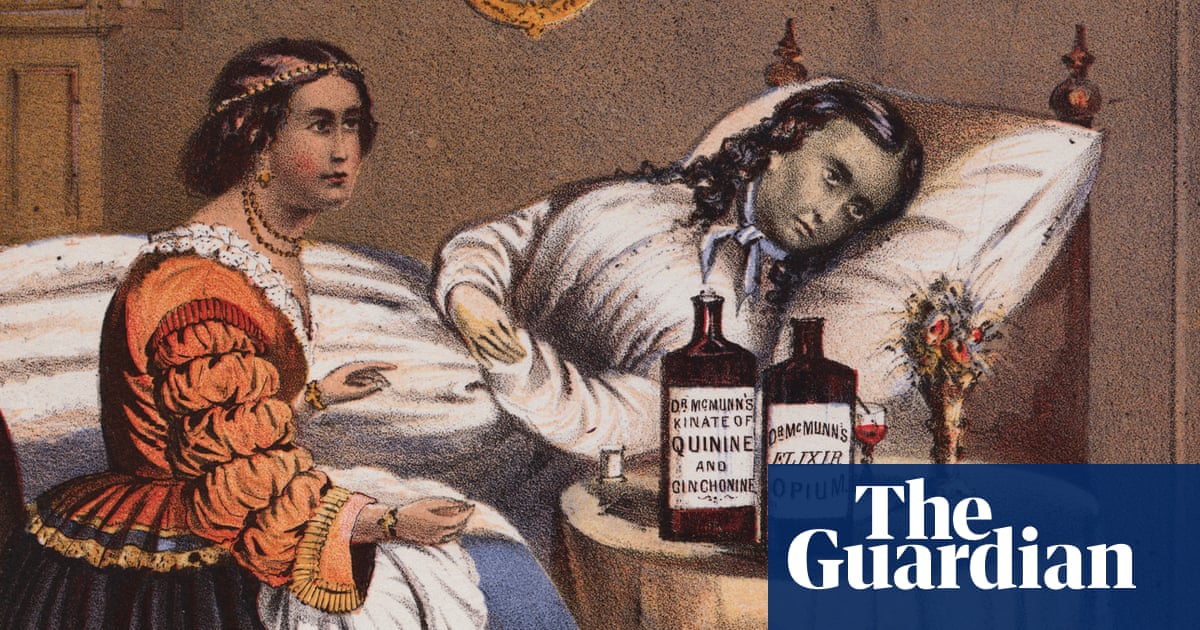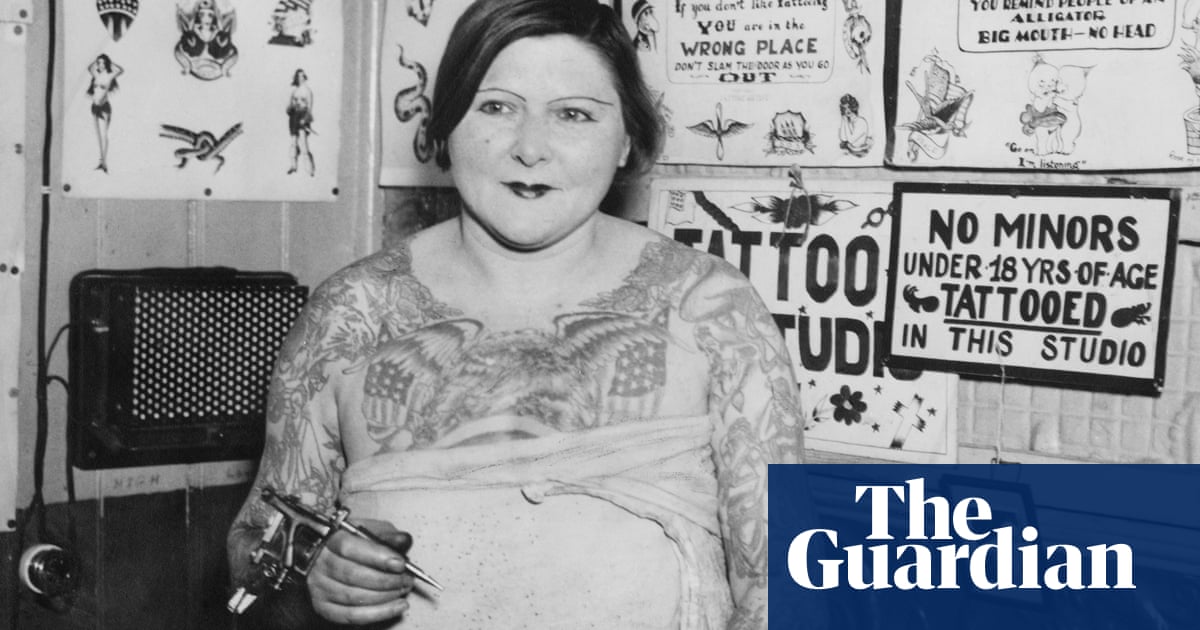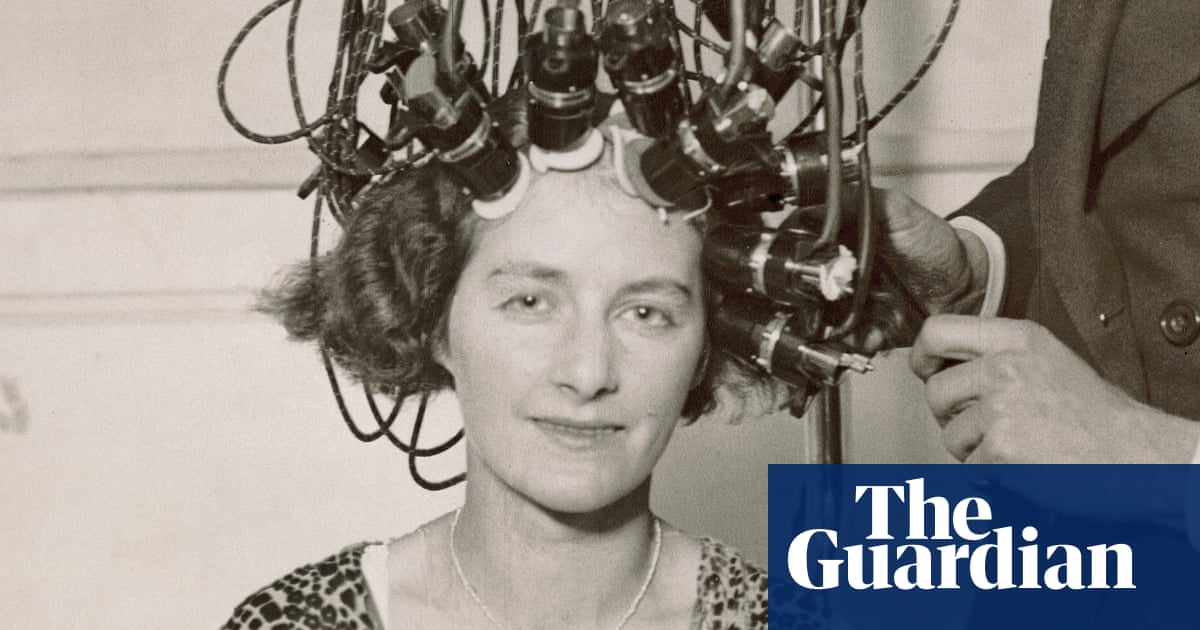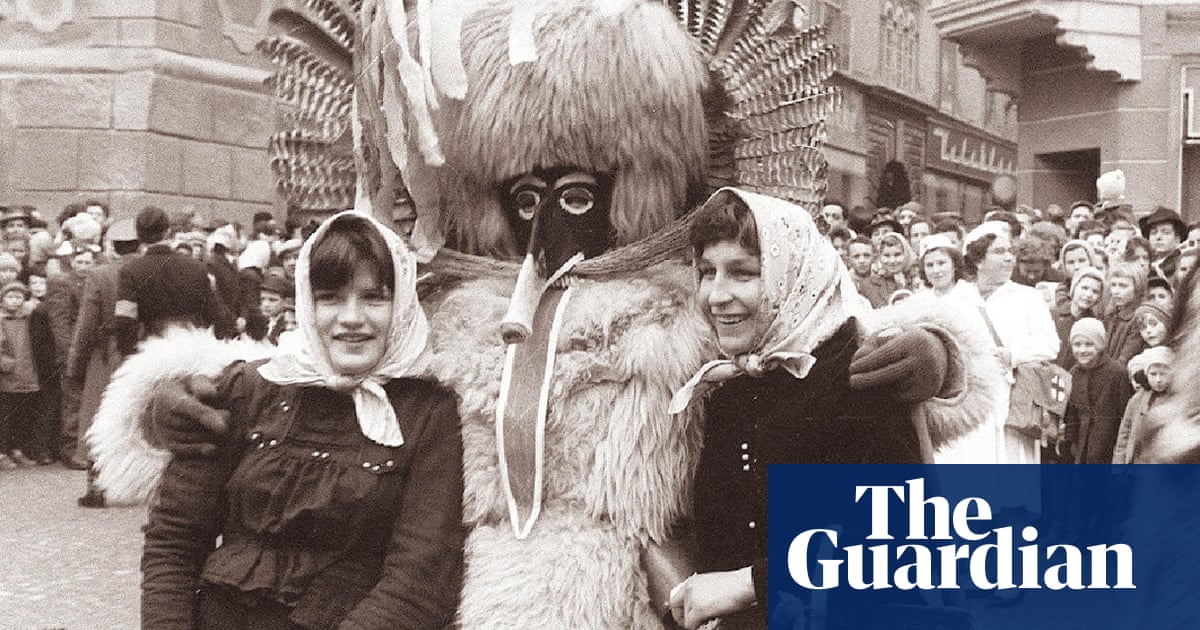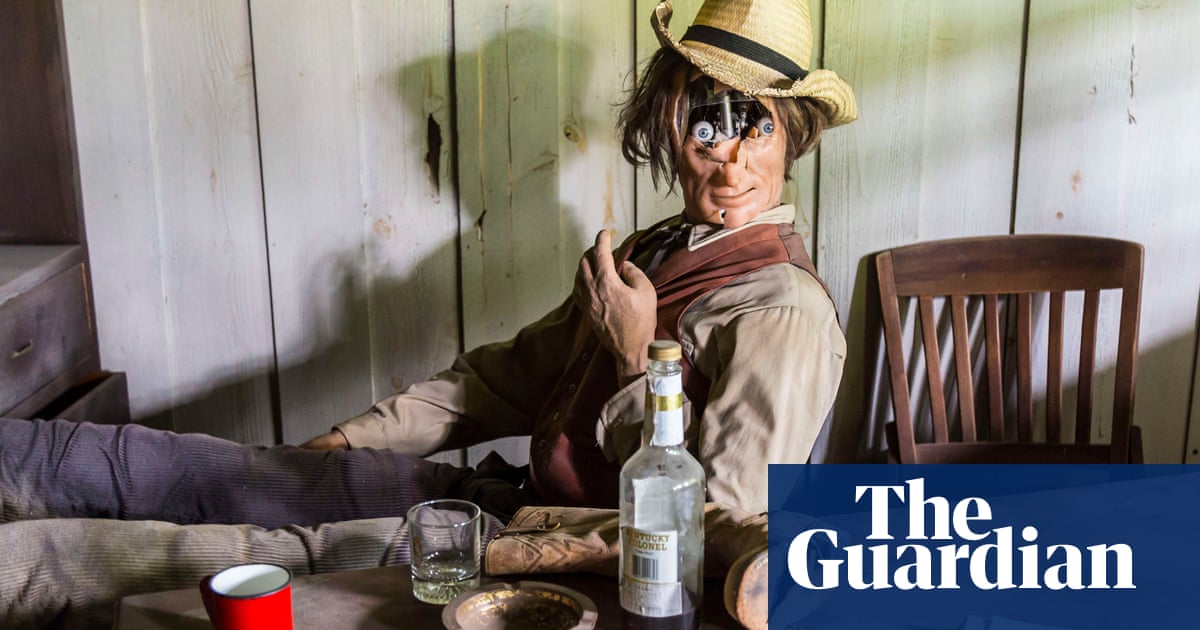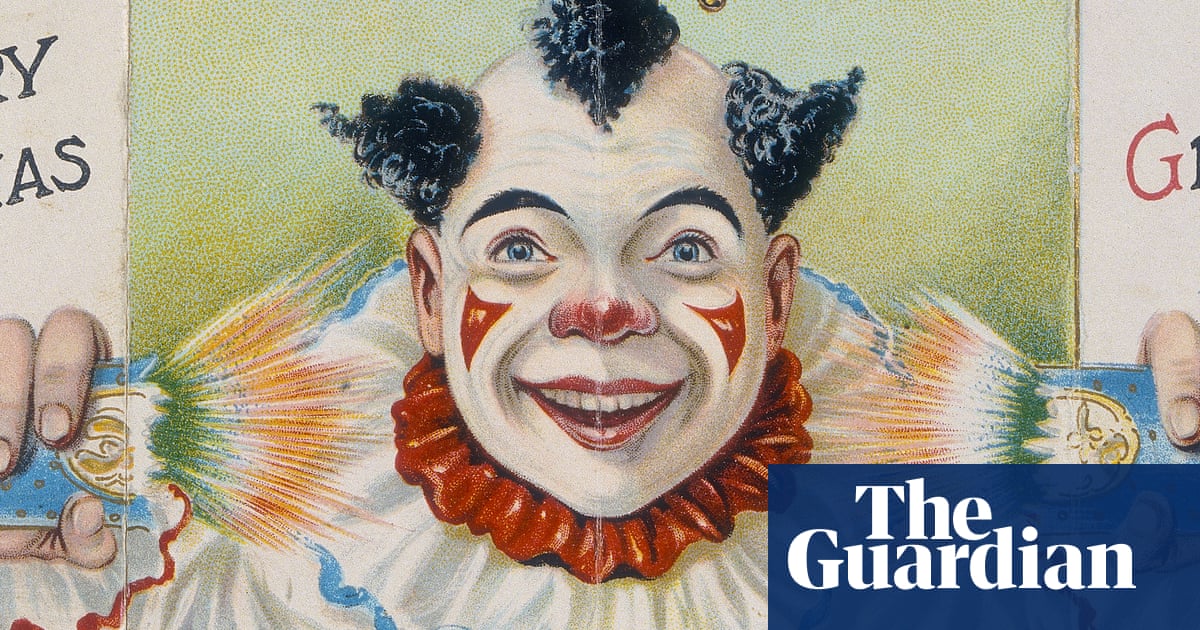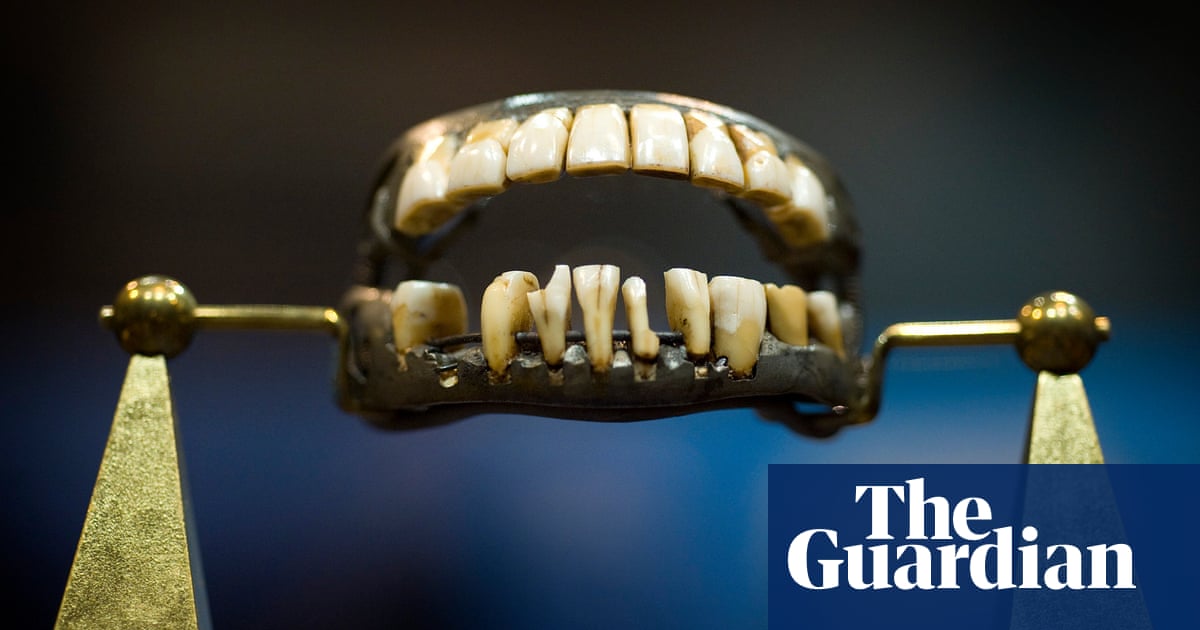
Dentistry is as ancient as teeth, because teeth are terrible, just an atrocious invention. A 14,000-year-old infected tooth found in Italy showed signs of being “worked on” with a flint tool – grim – which tells you everything you need to about their fundamental uselessness.
Every civilisation since has tried to do something about our terrible mouth bones. People always say “ooh teeth were fine until we started eating refined sugar”, which may be partially true, but ancient Mesopotamian tablets were already talking about a cosmic “tooth worm” – tûltu – that the gods sent to live in your mouth and that caused decay. Pleasingly, you can even listen to a tooth worm incantation from a Mesopotamian tablet: “Place me and let me dwell between tooth and gum,” it goes. “So I can suck the tooth’s blood and mince up the gum!” It sounds perfectly plausible to me (and the theory persisted, patchily, until the 17th century).
In terms of who could do anything about teeth, it remained a fairly open field for millennia. There’s an argument Hesy-Ra from the ancient Egyptian third dynasty was the first official dentist, but that relies on interpreting his title as “great one of the dentists” when he might just have been a really good ivory carver. Doctors tried their luck – Hippocrates and Celcus both wrote about dental treatments and Chinese medical texts describe amalgam fillings in AD700 – but so, famously, would barbers. Barber-surgeons emerged in the early middle ages and were still performing extractions up to the early 19th century. By then, “everyone was dabbling in dentistry … ivory turners … jewellers, chemists, wigmakers and even blacksmiths”.
There was the odd professional: having observed scurvy and other tooth unpleasantness in the navy, the genuinely pioneering French dentist Pierre Fauchard invented modern(ish) fillings and pioneered orthodontics in the early 18th century, and wrote the first specialist textbook. In the 1770s, enterprising surgeon and absolute weirdo John Hunter transplanted a tooth into a cock’s comb, and then probably went on to do it on people. But from a patient perspective, real progress only came with anaesthetic: ether, cocaine and eventually blessed novocaine.
It’s debatable, of course, how entertainingly primitive ancient dentistry really looks in the UK in 2024, where people are forced to pull their own teeth out, but let’s give it a shot. Time for horrid teeth!
Roman bridge, c400BC
The Etruscans made the first false teeth (in about 700BC) and the Romans learned from them. They used ivory, metal or other people’s teeth in there and, if that creeps you out, wait until you hear about Waterloo teeth. Roman medics were ahead of the game in other dental developments, including using drills and forceps (boo) but also topical pain relief (yay). I honestly don’t understand how you wore this bridge, but I’m going to hazard “with difficulty”.
Hot coal extraction, 1773
Ah yes, tricking you into pulling your own tooth out by waving a hot coal in your face so you recoil sharply in terror; that old chestnut. Given laudanum was in wide circulation in the late 18th century, I feel there might have been kinder ways of removing a tooth. Even so, I’d take hot coal ambush any day over listening to the catastrophic possible outcomes my dentist listed when I had my wisdom teeth out (damn you, informed consent).
Possible royal dentures c1780
These are part hippo ivory – no wonder hippos are so murderous. It’s speculated the fancy porcelain holder may been made for the future George IV, then Prince of Wales (the three feathers are his crest), by Bartholomew Ruspini, his dentist. Ruspini wrote A Treatise on Teeth, which was partly accurate (blaming decay on “particles of food that stick betwixt the teeth and putrify”), part absolute nonsense (attributing decay to “sleeping bareheaded”).
18th-century dentures
These extremely normal, not remotely terrifying, well-preserved 18th-century dentures were found in the actual mouth of Arthur Richard Dillon, one time archbishop of Narbonne, when his coffin was opened during works at St Pancras. Porcelain dentures were a relatively new development at the time and it’s speculated that Dillon’s were made by fancy Parisian dentist Nicolas DuBois de Chémant, who pioneered individually moulded ones. They would have cost “a small fortune, about as much as a coach and horses”, much like my sons’ orthodontics.
Waterloo teeth
These are probably Waterloo teeth. With tens of thousands of casualties, the piles of bodies on the Waterloo battlefield were irresistible for fellow soldiers, local opportunists and entrepreneurial ghouls. Teeth were pulled out with pliers (mostly front ones, molars were too hard to extract), sorted to look as if they had come from a single person, and sold on. They were then boiled up (I mean, thank God, I suppose) and “riveted into a hippopotamus or walrus ivory base” to create dentures. Grisly.
George Washington’s dentures, 1780s
Washington had atrocious teeth and was probably in constant pain. By the time of his inauguration, he only had one of his own left, but the replacements weren’t, contrary to popular belief, wooden. This, the only surviving complete set, features horse, cow and human teeth. Far worse than wood, it’s possible Washington used teeth from enslaved people (there’s no firm evidence either way, but he did buy some). You can find out more on the pleasingly titled “George Washington’s dentures FAQ” on the Mount Vernon website.
First use of ether, 1846
The blessed event commemorated in this painting is the first use of ether, by the Boston dentist William Morton. The patient, a Mr Frost, reported: “Dr Morton took out his pocket-handkerchief, saturated it with a preparation of his, from which I breathed about half a minute, and then was lost in sleep. In an instant more I awoke, and saw my tooth lying upon the floor. I did not experience the slightest pain whatever.” The dream.
Chinese tooth extraction, undated
Many old pictures of tooth extractions – an inexplicably popular genre – look staged to me. That isn’t totally outlandish: tooth pulling has been described as a sort of public “performance art”; in the 17th century, street extractions often featured music, and a costumed assistant drawing a crowd. I hope they are staged, because the only thing worse than an overconfident, underqualified sadist with pliers would be a photographer commemorating the moment he uses them. Can I draw your attention here to the small, glum-looking owl on the right? We would all be far happier going to the dentist if waiting rooms featured owls instead of Capital FM and a pile of Invisalign leaflets.
Early toothpaste ad, 1893
Prevention was almost as unpleasant as cure in early dentistry. Nineteenth century “dentifrices” (pastes, powders and liquids for teeth cleaning) were full of all sorts, from cochineal to cuttlefish. There was alcohol, of course – what patent remedy wasn’t booze-based? – but also hydrochloric acid. One brand, Tartaroff (geddit), was shown in 1928 to erode 3% of enamel with each use. Perhaps it was worth it? After all, as one Sozodont ad promised: “Men go wild about splendid teeth.”
Trying out second-hand false teeth, Amsterdam, 1955
I know all things tooth-related are unconscionably expensive and I suppose they were in the 1950s too, but was this really the best answer? It’s not like sharing reading glasses; I’m sorry but this is taking vintage shopping way too far.




